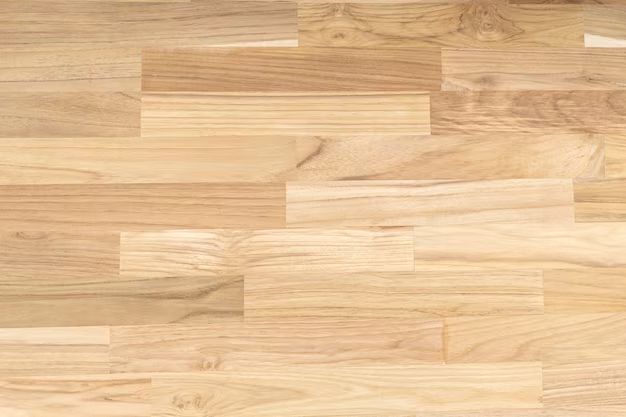Kiln drying wood refers to removing moisture from wood in a controlled environment to achieve a desired moisture content. Drying wood properly is important for woodworking and carpentry projects, as wet wood can warp, crack, and be susceptible to rot. While industrial kilns are ideal for large-scale lumber drying, there are ways to kiln dry wood at home on a smaller scale.
Page Contents
Why kiln dry wood?
Freshly cut “green” wood typically has a moisture content of 30-60%, which is too high for most woodworking applications. Here are some of the main reasons for drying lumber:
- Prevents warping, cracking, and splitting as the wood dries
- Increases strength and stability of the wood
- Reduces weight
- Enables gluing and finishing
- Inhibits growth of fungi, mold, and wood decay
- Kills any insects or larvae in the wood
The target moisture content depends on the end use, but for furniture and indoor use, 6-8% moisture content is commonly recommended.
Challenges of drying wood at home
Industrial wood kilns carefully control temperature, airflow, and humidity levels to dry lumber evenly without defects. Drying wood at home is more unpredictable and prone to issues like:
- Uneven drying – thicker parts dry slower than edges and ends
- Surface checking – superficial cracks that form in the wood surface
- Warping – wood distorts from uneven shrinkage
- Case hardening – outer wood dries too fast trapping moisture inside
- Discoloration or staining
- Splitting if dried too quickly
While not flawless, small batches of wood can be successfully dried at home with minimal defects using certain techniques.
Home kiln drying methods
There are a few main approaches to kiln dry wood at home:
Air Drying
Air drying involves stacking cut wood with spacers outside under cover. The wood is left to slowly air dry over months or even years until it reaches the desired moisture level. Air drying takes a long time, but requires little effort. The main drawbacks are exposure to weather and uneven drying.
Dehumidification Kiln
A dehumidification kiln uses a dehumidifier to remove moisture from the air to dry the wood. Wood is stacked inside an insulated chamber or box, and fans circulate the air. The temperature is kept under 100°F to dry the wood slowly. This method requires electricity to run the dehumidifier and fans.
Solar Kiln
Solar kilns use sunlight to heat the air inside the drying chamber. Vents regulate airflow and humidity levels. Solar kilns require careful monitoring to prevent overheating on hot sunny days. They work best in consistently sunny, dry climates.
Heat Sources
Small batches of wood can be kiln dried at home using a variety of heat sources to warm the wood:
- Lightbulbs – incandescent or ceramic heat emitters
- Heating pads or blankets
- Radiant floor heating mats or hydronic tubing
- Space heaters – electric or propane
The wood is placed in an insulated box or chamber and heated to temperatures of 100-160°F. Air circulation helps the wood dry evenly. Monitoring humidity levels is important to prevent over-drying.
Tips for kiln drying wood at home
Follow these tips for best results when kiln drying small batches of wood at home:
- Cut wood into thinner planks around 1-2 inches thick for quicker drying.
- Stack wood with spacers between layers to allow airflow.
- Seal the kiln chamber well but allow for some ventilation.
- Use a moisture meter to monitor progress.
- Keep temperatures inside the kiln between 100-160°F.
- Cycle on and off heat sources to control drying.
- Flip boards periodically for even drying.
- Dry wood slowly to minimize defects.
- Expect drying times of 6-8 weeks.
Making a small dehumidification kiln
Here is an example of how to make a small kiln at home using a dehumidifier:
- Build a wood drying chamber using plywood or lumber. Make it well insulated.
- Add vents on the top and bottom for airflow.
- Install screened duct openings for the dehumidifier hose.
- Include racks or strips inside to stack wood with spacers.
- Place the chamber where temperatures are 65-85°F.
- Run a dehumidifier to the chamber and set humidity to 65%.
- Use fans inside the chamber for airflow.
- Dry wood slowly for 6-8 weeks checking moisture levels.
The chamber should be roughly 4-8 cubic feet per 100 board feet of wood. Monitor humidity levels and keep them in the recommended range for your area to prevent defects.
Conclusion
Kiln drying wood at home is possible on a small scale with careful temperature and humidity control. While challenging, a variety of methods can dry small batches of lumber sufficiently for many woodworking purposes. Taking the time to kiln dry wood properly will reward you with stable lumber for your projects.
